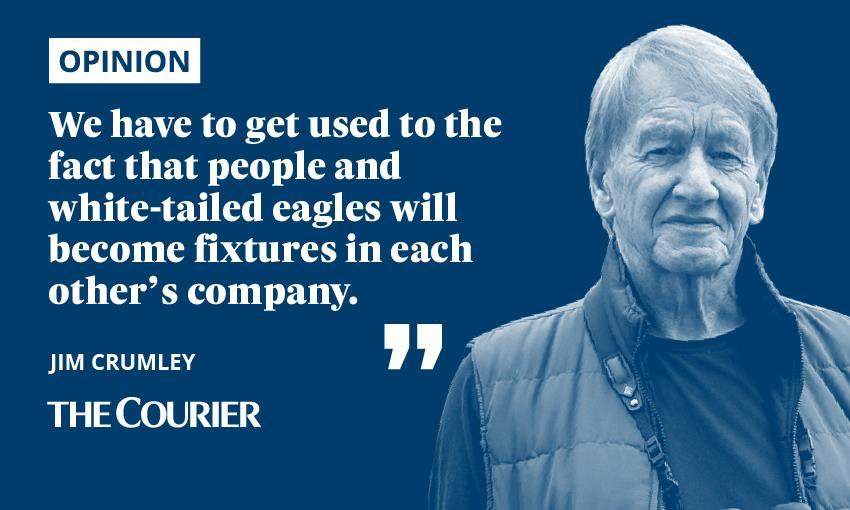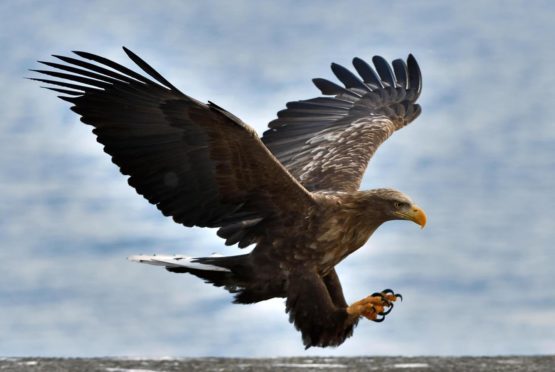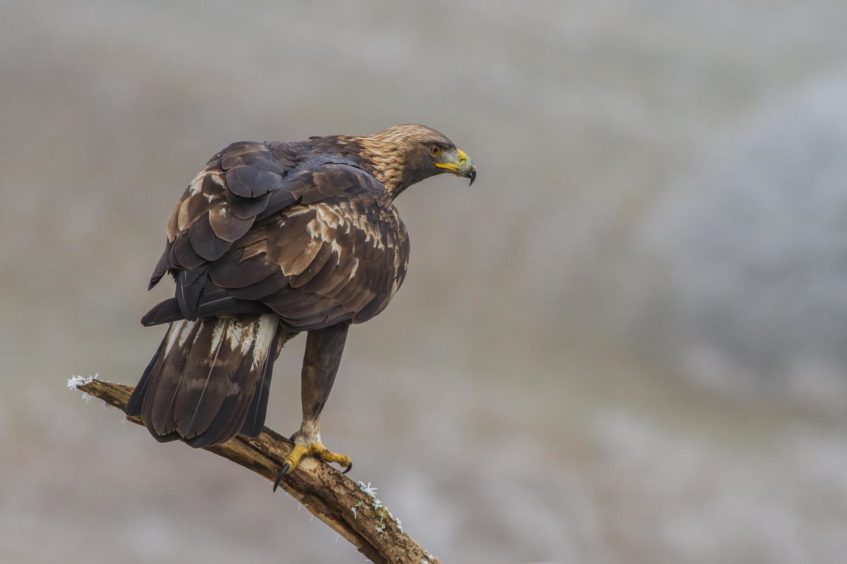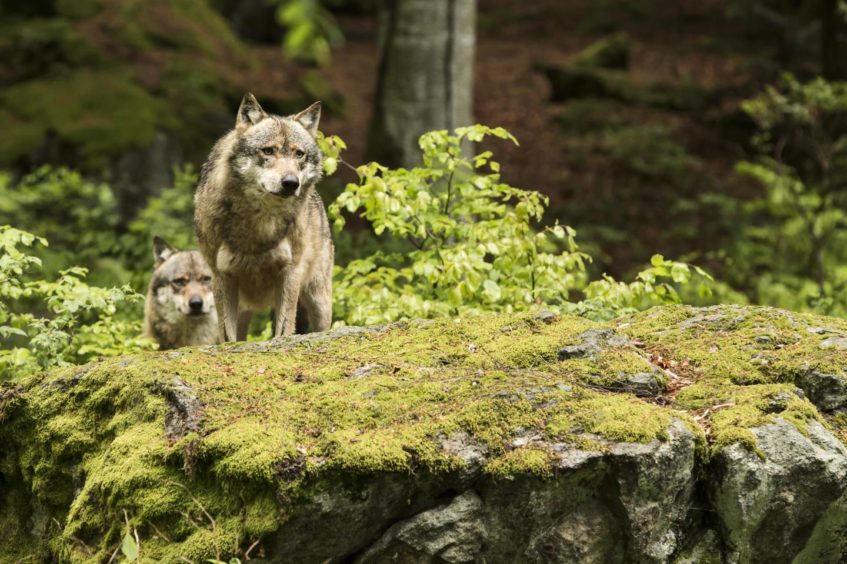Five thousand years ago, when mother nature was still trying to decide whether or not her offspring Homo sapiens had been such a good idea after all, there were white-tailed eagles on Loch Lomond.
So the revelation last week that they turned up in March and have been there ever since is hardly a new story, despite the level of media interest it attracted.
That interest probably had less to do with the wellbeing of sea eagles and everything to do with Loch Lomond, because it’s famous, it has own song, and it’s less than 40 miles from Glasgow.
But there are two truly interesting stories about sea eagles, one of them is very old indeed, and the other is what happens next.

About 10 years ago, a paper by the ornithological journal Bird Study set out to show that persecution of both white-tailed eagles and golden eagles had begun in earnest about 500 AD.
But it had also produced figures of science’s best guesses about population levels in Great Britain and Ireland going back to 3000 BC, when the white-tailed eagle outnumbered the golden eagle by four to one – 2,500 against 600.
By 500 AD those numbers had levelled out and both species were thought to number between 1,000 and 1,500.
By 1800 AD the golden eagle was down to somewhere between 300 and 500 and the white-tailed eagle to 150. People did this.
Turning the tide in tandem
It’s well known that the last white-tailed eagle in Britain was shot in Shetland in 1918. By that time, the golden eagle had also reached a nadir of between 100 and 200.
The long haul towards something like a recovery was given a boost between 1939 and 1945 when the gamekeepers of the land were otherwise engaged, and by 1950, golden eagle numbers were back to around 300, white-tailed eagle still at nil.
Reintroduction began in 1975 on Rum, and continued at intervals until the east coast project between 2007-2012 in north-east Fife.
Today the population is above 150 pairs, and if they were completely free from persecution, as the law insists they should be, it’s reasonable to estimate that it could have been around 200 pairs.
Golden eagle numbers have also recovered, and are now above 500 pairs.
In a book called The Eagle’s Way (Saraband, 2014) I suggested that it was a question of time – possibly 20 years, possibly less – until the white-tailed eagle outnumbered the golden eagle in Scotland. It is, after all, the historical norm.
You can ignore the scare stories that the golden eagle population will be devastated. It won’t. The only thing that ever devastated golden eagles in Scotland is men with guns, poisons and a contempt for the law of the land. It still is.
In Norway, there are several thousand white-tailed eagles and a far smaller – but thriving – population of golden eagles. The two species co-exist well enough and always have.
Unafraid to come among us
What is happening in Scotland now is that sea eagles have begun to recolonise historic inland nest sites. And although we commonly use the term “sea eagle”, historically it also nested far inland.
Seton Gordon, naturalist, eagle authority, and the founding father of the modern Scottish nature-writing tradition mentions white-tailed eagles nesting in Loch Ba and Loch Tulla west of Rannoch.
Much more recently there have been prospecting birds there and around Loch Tay and Loch Dochart and Loch Leven.
The only thing surprising about Loch Lomond is that it has taken so long. This is a bird that, unlike the golden eagle, is unafraid to come in among us.
Most of us think of ourselves as living apart from nature, but the other creatures of nature think of us as part of nature.
They see us as powerful and unpredictable, a serious presence in the land, a formidable predator, but sometimes generous. So where they live close to us, or when we take a long walk to where they live, they make adjustments to our presence. That’s the way it has always been.
New eagles, and for that matter, new beavers, new wolves, new bears, will behave the same way.
We used to practice the art of making adjustments to nature’s presence, and it is easy enough to relearn. Among other things, we have to get used to the fact that people and white-tailed eagles will become fixtures in each other’s company. We learn about them by living with them. There are far more thoughtful ways of making a living on the land than farming sheep and grouse and deer.
So what happens next?
The men with guns and poisons and contempt for the law hate the idea, but nature conservation has a new energy behind it, reintroduction programmes don’t end here, and the return of a widespread native forest is in everyone’s interest’s and in the planet’s. The Victorian ways of treating land have dwindled to a tiny, discredited minority.
The future is white- tailed eagles at Loch Lomond, wildcats back from the brink, beavers spreading and energising wetlands and woodlands everywhere.
The wolves are watching, waiting in the wings.


